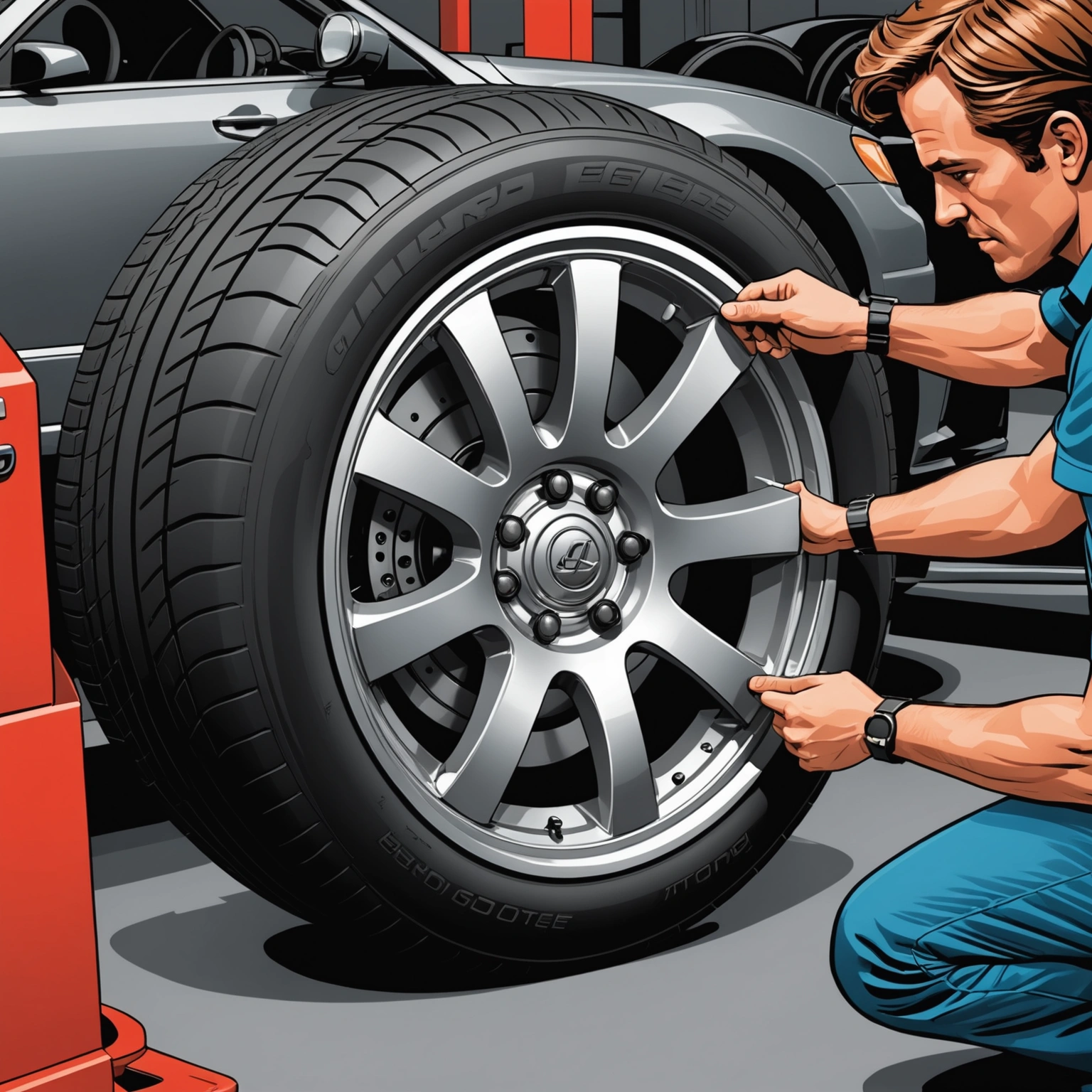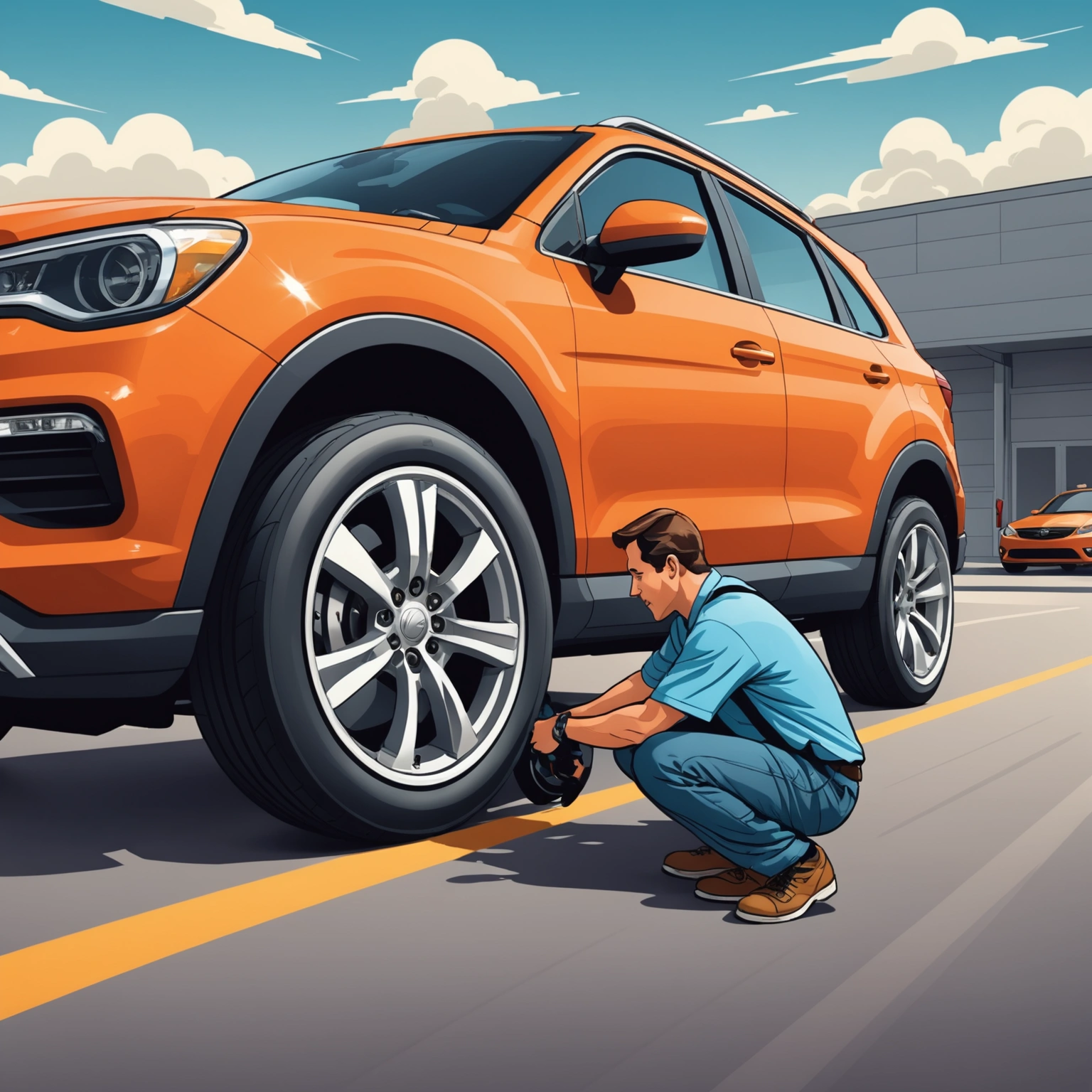**Will the Tire Fit? A Guide to Ensuring Proper Tire Fitment**
When considering new tires for your vehicle, one of the most common questions is: *Will this tire fit my car?* Proper tire fitment isn’t just about matching wheel size; it involves several factors that ensure safety, performance, and comfort. In this blog post, we’ll walk you through the key considerations to determine whether a tire will fit your vehicle.

### Understanding Tire and Wheel Sizes
Tire sizes are indicated by a combination of numbers and letters, such as **225/45R17**. Here’s what each part means:

– **225**: Tire width in millimeters.
– **45**: Aspect ratio (height to width ratio) in percentage.

– **R**: Radial construction.
– **17**: Wheel diameter in inches.

Your vehicle’s manufacturer specifies compatible tire sizes, usually found on a sticker inside the driver’s door or in the owner’s manual.
### Key Factors to Consider for Tire Fitment
1. **Wheel Diameter Compatibility**
– The tire’s inner diameter must match your wheel’s diameter. For example, a 225/45R17 tire is designed for a 17-inch wheel.
– Installing a tire on a wheel with a different diameter can cause unsafe fitment issues.
2. **Tire Width and Rim Width**
– Each tire size is suitable for a range of rim widths. For example, a 225/45R17 tire might be compatible with rim widths from 7 to 8.5 inches.
– Check the tire manufacturer’s specifications to ensure your rim width falls within this range.
3. **Overall Diameter and Circumference**
– The overall diameter affects speedometer accuracy and vehicle clearance.
– Significant differences can lead to issues such as rubbing against suspension components or wheel wells.
4. **Clearance and Rubbing**
– Ensure there’s enough space between the tire and suspension parts, fenders, or brake components.
– Larger tires or wider tires may require modifications or selecting a different size.
### Tools and Resources to Confirm Fitment
– **Tire Size Calculators:** Online tools can compare your current tire size with potential replacements.
– **Fitment Guides:** Many tire manufacturers publish fitment guides based on vehicle make and model.
– **Consultation with Professionals:** When in doubt, speak with a tire or automotive specialist to avoid costly mistakes.
### Why Proper Fitment Matters
– **Safety:** Improperly fitted tires can lead to poor handling, increased wear, or even accidents.
– **Performance:** Correct sizing ensures optimal grip, braking, and fuel efficiency.
– **Legal Compliance:** Some regions have regulations regarding tire sizes and modifications.
### Final Tips
– Always verify the manufacturer’s recommended tire sizes for your vehicle.
– When changing tire sizes significantly, consider potential impacts on speedometer accuracy and odometer readings.
– If upgrading to larger tires, consider whether your vehicle needs suspension adjustments or recalibration.
—
**In summary**, whether a tire will fit your vehicle depends on matching the wheel diameter, width, and overall dimensions. Always double-check specifications and consult with professionals if unsure. Proper tire fitment not only ensures safety but also enhances your driving experience.
Happy driving!

